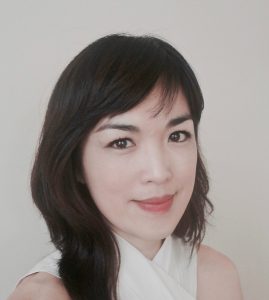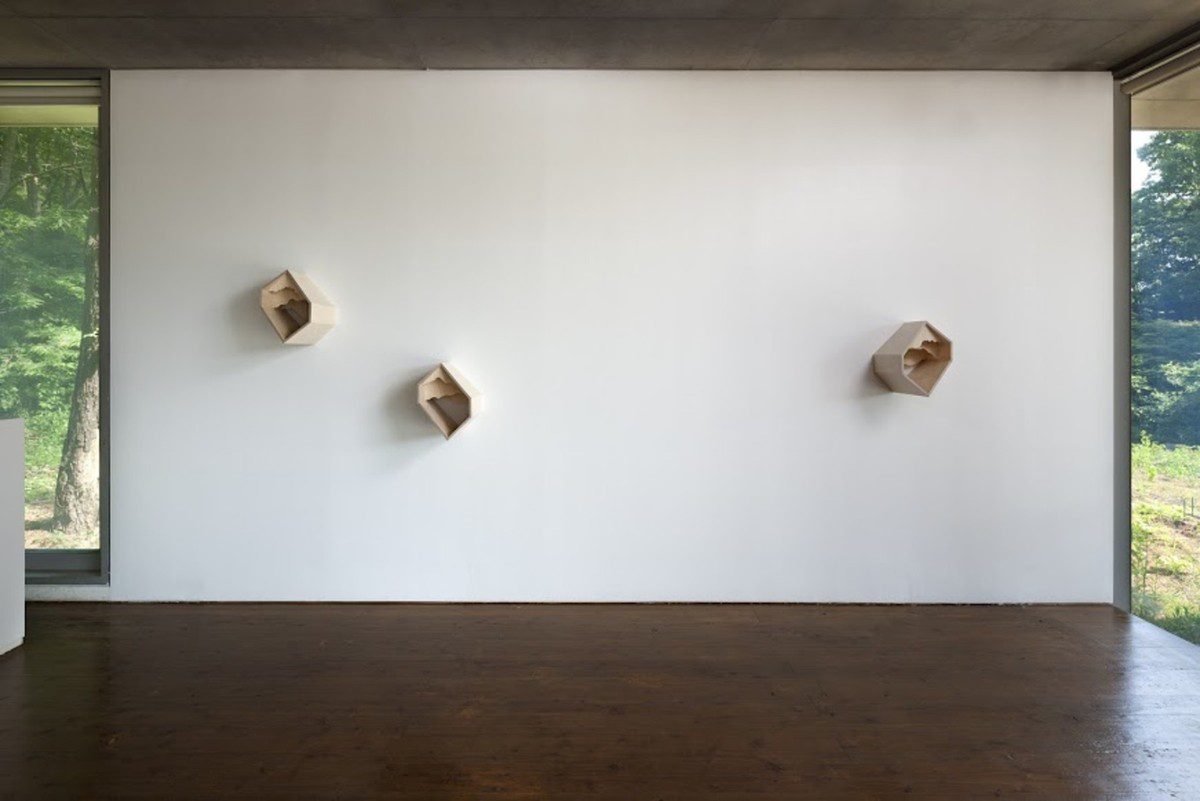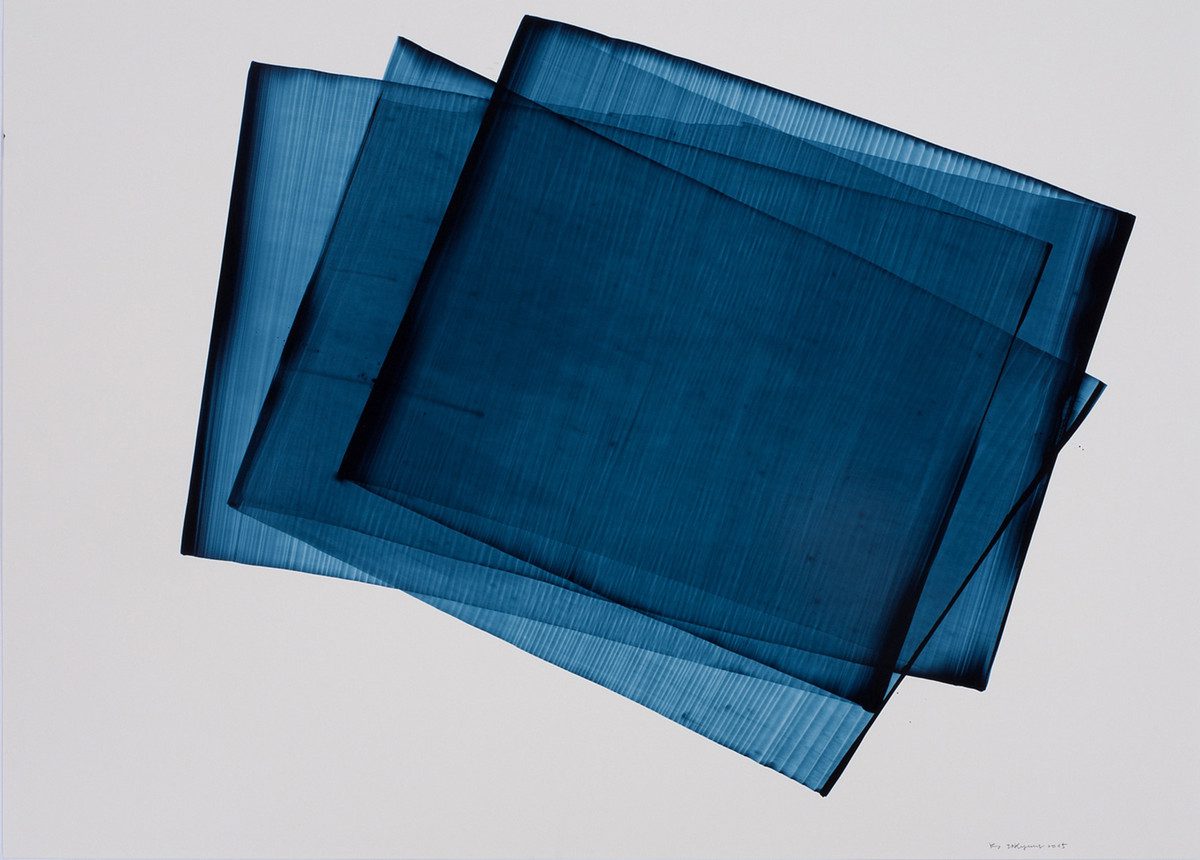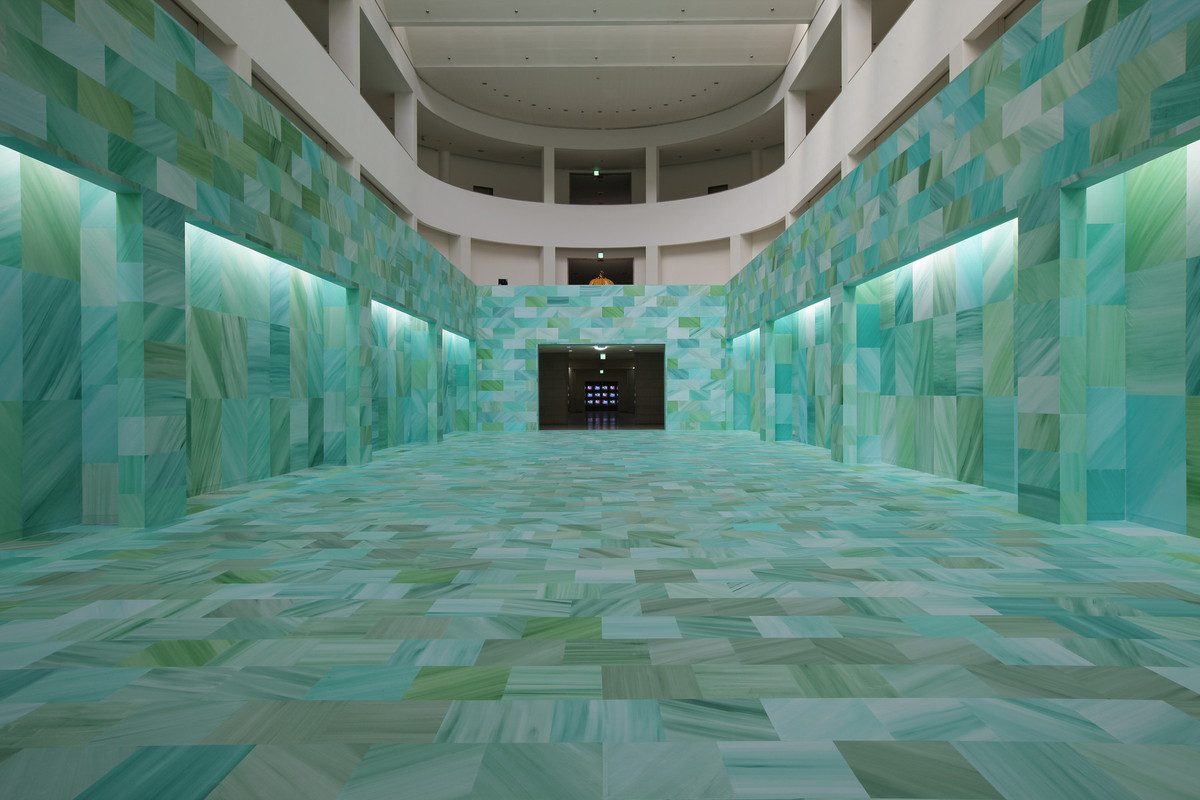INTERVIEW: Sang-A CHUN
 South Korea is Guest of Honour in the ART PARIS ART FAIR 2016 (Grand Palais 31/3-1/4/16), where the Guest Curator Mrs Sang-A Chun reveals the richness of the Art Scene from “The Land of the Morning Calm”, with works dating from the ‘60s to the present day’s boom in Contemporary Art Scene. While in her Country since 2000 began a big exploration in Contemporary Art with Spaces, Museums and Institutions, she lives and works in Paris where she began her studies because Paris for her is ‘’One of the most popular cities in today’s art world that hosts artists of different backgrounds. This opportunity to have diverse encounters should be my main reason to be based in Paris’’.
South Korea is Guest of Honour in the ART PARIS ART FAIR 2016 (Grand Palais 31/3-1/4/16), where the Guest Curator Mrs Sang-A Chun reveals the richness of the Art Scene from “The Land of the Morning Calm”, with works dating from the ‘60s to the present day’s boom in Contemporary Art Scene. While in her Country since 2000 began a big exploration in Contemporary Art with Spaces, Museums and Institutions, she lives and works in Paris where she began her studies because Paris for her is ‘’One of the most popular cities in today’s art world that hosts artists of different backgrounds. This opportunity to have diverse encounters should be my main reason to be based in Paris’’.
By Efi Michalarou
Photo: ART PARIS ART FAIR 2016 Archive
Guest of Honour at ART PARIS ART FAIR 2016, is South Korea and you overseeing the South Korea Guest of Honour project, also you in charge of Contemporary Art exhibitions at the Korean Cultural Centre in Paris, would you like to explain us your concept? I’m in charge of Contemporary Art exhibitions at the Korean Cultural Centre since 2011, especially exhibitions of promising young Korean artists selected by a jury every year. It is a pleasure to sit alongside these young talents who are starting up and seeking their own ways. And I also try to present the most representative South Korean art today. Through the South Korea Guest of Honour project of Art Paris Art Fair, I think I’ve managed, with Art Paris Art Fair Team, not only to combine historical and emerging aspects of South Korean art but also to look at its scene in various ways that invite the public to a wonderful discovery. Then we’ve implemented a powerful and cohesive program, using certain distinctive features characterizing South Korea (the partition of the peninsula, tradition that endures alongside (hyper) modernity, cutting-edge technology…). In our special Korean section, you can observe among important Korean artists (historical works), the quest for identity having redirected traditional painting with a modern approach by the reaction of tragic historical events (the country divided inter alia), such as artists of the younger generation who are forever scrutinizing the countless fractures that divide Korean society, the symbolic monumental installation “Flash Wall” of PARK Kiwon (313 Art Project) will be placed at the entrance of the Grand Palais, for example. Also the search for the combining of modern and traditional techniques (the use of hanji, Korean rice paper or calligraphy) in Korean abstract painting and through our performance program entitled “Rituals” that seeks to explore the relationship between artistic creation and the notion of the ritual, like religious and traditional rites or the habitual banal gestures. Finally, our Façade projection program shows three Korean artists (KIM Joon, SHIM Moon-Pil, Col.l.age+ with Sho Jang and Min Kim) who have made a video work using high technology and combining poetic and imaginary dimension. The aim of the exhibition that you are overseeing is to present to a wider audience, such as that of ART PARIS ART FIAR 2016, the South Korean Contemporary Art scene. The participating artists live and work in South Korea? There are many participating artists who live and work in South Korea but many others are between Seoul and Paris, London, New York, Berlin, etc., quite in the modern nomadic life style such as many Western artists. Among the participating artists in the fair, a good number of the artists have pursued and obtained their diploma in the States or in Europe, outside of their country. For example, NOH Sangkyoon, a graduate of Pratt Institute and Seoul National University, works and lives between New York and Seoul (Simon Gallery), his work consist of elaborately gluing sequins to cover an entire canvas or object, creating optical illusions. LEE Bae who uses coal as a symbol of eternity and energy and through his gestures, transforms it into something with a spiritual dimension, lives between Paris and Seoul (Galerie RX), as Shim Moon-Pil who present his digital projection work “Contemplations” on the façade of the Grand Palais (Galerie Lahumière and Gallery Shilla) and MIN Jung-Yeon who creates elaborated landscapes filled with simultaneously strange and familiar forms (Galerie Maria Lund). HONG Young In, who shares her life between London and Seoul, holds a PhD in Fine Art from Goldsmiths College London. She will do a performance “Let Us Dance” at Art Paris Art Fair in which she explores the interesting aspects of social fractures in Korea. CHUN Kyung Woo, who develops an intimate and imaginary stories of individual people through long exposure photography, is based in Berlin (Galerie Andres Thalmann) and KOO Bohnchang, one of the leading Korean photographers shown by Paik Hae Young Gallery, has studied in Hamburg and taught in Central Saint Martin’s College of Art and Design in London as visiting professor… What are the relations and influences between Contemporary South Korean Artists with the French Artists? Since the 1950s, there were many South Korean artists who arrived in France, such as RHEE Seung-Ja of the first generation of South Korean artists in France who was even a part of the École de Paris, KIM Tschang-yeul, widely known for his exploration with the theme of water drops (Galerie Baudoin Lebon), LEE Ungno, one of the great masters of the Korean abstract art (traditional painting), a very influential figure in France, who had his French disciples, SHIM Moon Seup, one of the leading Korean sculptors, who explore the natural substances and the environment mutually affecting each other, including the notion of time and the process itself (Galerie Rabouan Moussion)… Many important and historical Korean Artists have stayed in Paris, which is in a way as their favorite destination of artistic pilgrimage: KIM Whanki, YOON Hyung-Keun, PARK Seo-bo, YOON Myeung-ro, OH Sufan (Gana Art Gallery), SUH Seung-Won (Gallery Shilla), KIM In Kyum (Gallery SoSo)… I have noticed an interesting change over the last ten years or more. Many French artists are now going to South Korea for a residency programme, an exhibition, or even to live there. It means there is a more balanced relationship between French and Korean artists which is both way and not only one way. Kimsooja, the famous South Korean artist, had stated in an interview that: Although today many things are organized around the visual arts in Korea, she believes that if she had not moved to New York in the ’90s, she would not have make international career. Today with so many exhibitions, Museums, Art Fairs and Biennals, with the Art Market open spectacularly to the East and South Korea. Do you think that the South Korean Artists living and working in their country can make the corresponding international career? It most definitely is. I think there were many change since 2000. South Korea has started to provide necessary elements, in terms of its cultural programming and infrastructure, from the late 1980s after the Olympic Games (1988 in Seoul). Then the conditions didn’t allow to an artist an international career when she left her country in the 90s, not fully satisfactory. But now, a number of important venues for contemporary art were built with private funding (Museum of Modern and Contemporary Art Seoul, Samsung Museum of Art, Ilmin Museum, Seoul Arts Center, Whanki Museum, Kumho Museum, Centre Artsonje…). In addition, several international contemporary art biennales were created (Gwangju, Mediacity Seoul, Busan, Anyang Public Art Project, Daegu Photo…) along with a large number of alternative spaces and artist’ residencies. With all these outstanding resources and a remarkably supportive environment, South Korea is gradually becoming recognized as a leading cultural player. Many gallery owners, collectors and personalities from the world of contemporary art come to South Korea to discover and explore the many layers of its art scene. Does the same apply for curators? Why did you choose to live and work in Paris? What Paris gives you the most? I arrived in France in the mid-1990s like KIM Sooja who went to the States. Love for France, its art, its way of life that led me to live and work here. At the same time, it also made me understand much more thoroughly the importance of promoting South Korean art scene and remind me it’s my principal mission. Paris is still one of the most popular cities in today’s art world that hosts artists of different backgrounds. This opportunity to have diverse encounters should be my main reason to be based in Paris. In the minds of most viewers, the artists from the East, are using in their work elements of Religion, Philosophy and Tradition. However, because South Korea is a leading force in technology, do you believe that these days, there is a balance between the past and the future? Absolutely, this aspect of high technology that characterize South Korea gets more interesting with the religious and philosophical dimensions in the works of its artists. As I explained above, our performance program presents the works exploring the dealings between today’s artistic creation and the notion of the ritual. And in particular, KIM Joon’s digital work on the façade of the Grand Palais (Park Ryu Sook Gallery) addresses this theme using a technique of tattoo that has social connotations and multiple meanings (therapeutic, religious, symbolic, social…), through witch the artist represents the dark side of desire in men of modern society. Finally, I’m moderating a talk entitled “Contemporary Korean art: exploring the past of shed light on the present” on on Friday 1st April at the Korean Cultural Centre in Paris. The aim of the talk is to introduce the history of Korean art, helping to give to the public an overall picture and also to look to the future.
Info: Art Paris Art Fair 2016,Artistic Director: Guillaume Piens, Guest Curator: Sang-A Chun, Grand Palais, Avenue Winston Churchill, Paris, Days & Hours: Wed 30/3/16 Preview (by invitation only), Thu 31/3/16 11:30-20:00, Fri 1/4/16 11:30-21:00, Sat 2/4/16 11:30-20:00, Sun 3/4/16 11:30-19:00, Entrance fee: Adults and children over age 10: €25, Students and groups of 10 or more: €12, Free admission for children under age 10, www.artparis.com
First Publication: www.dreamideamachine.com
© Interview – Efi Michalarou




